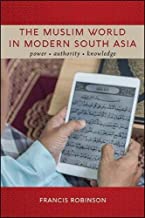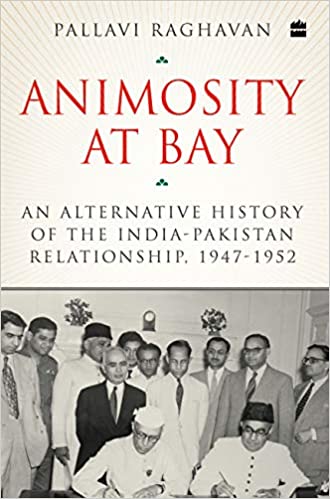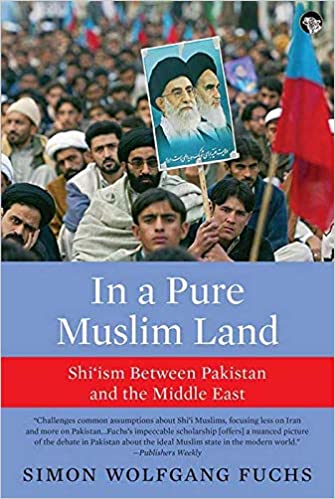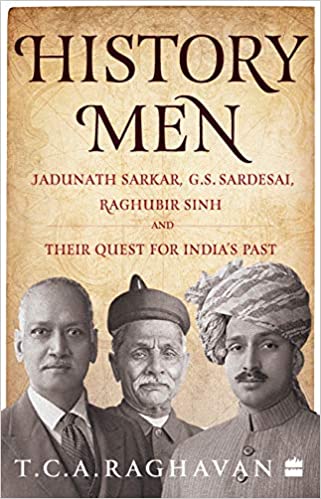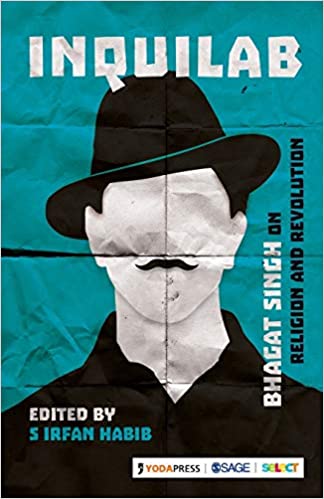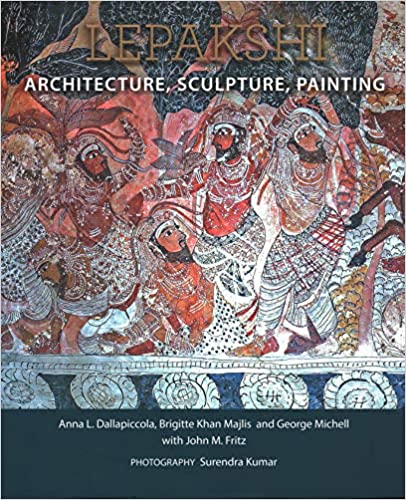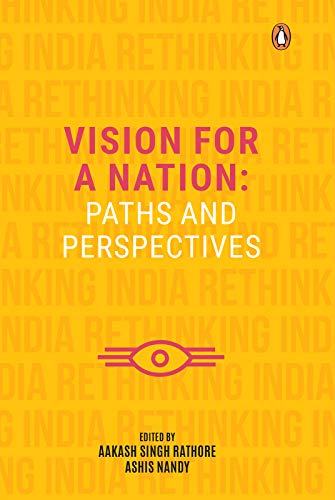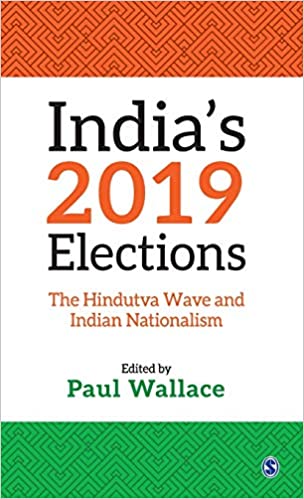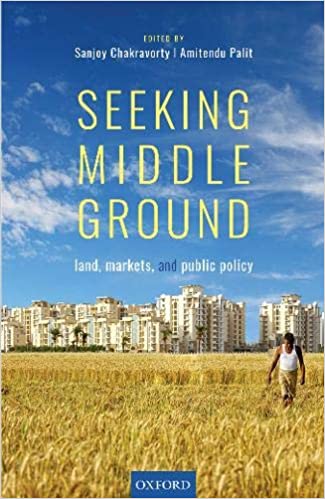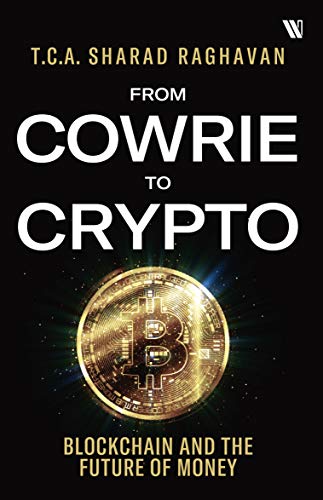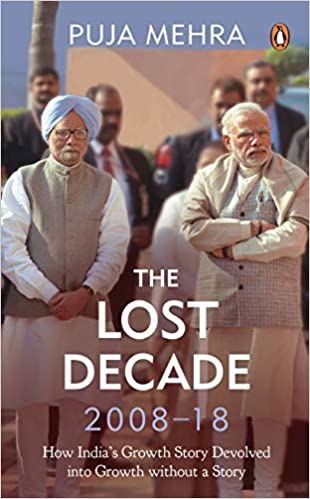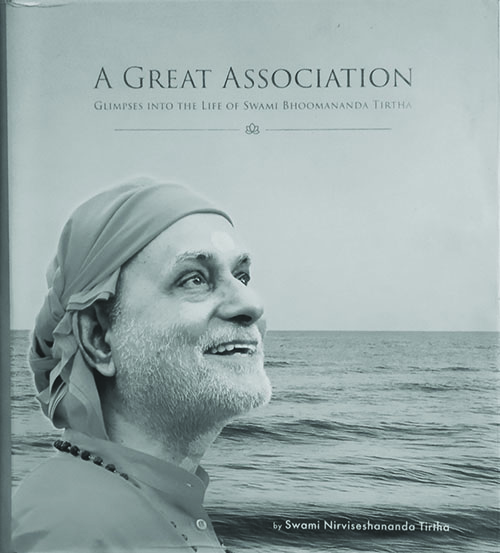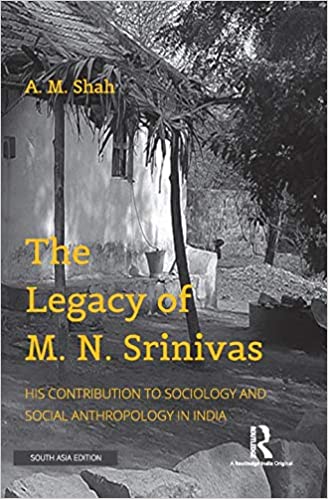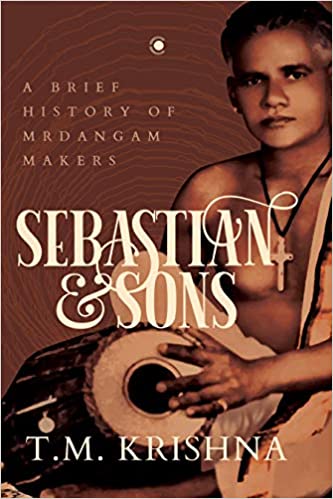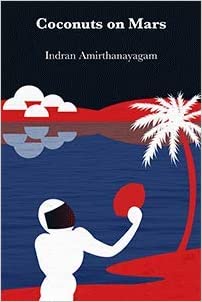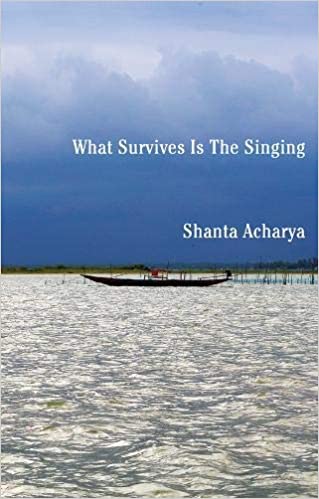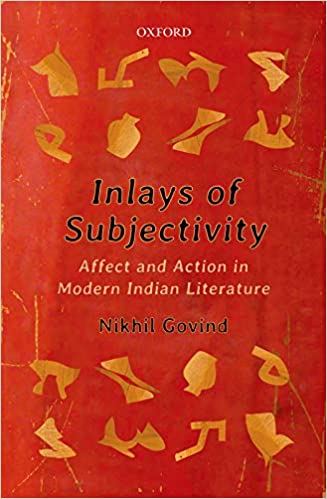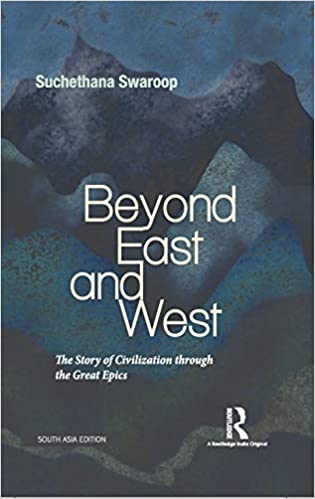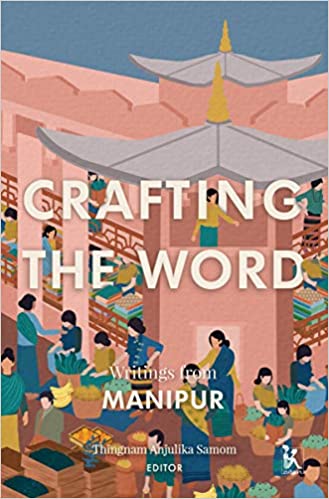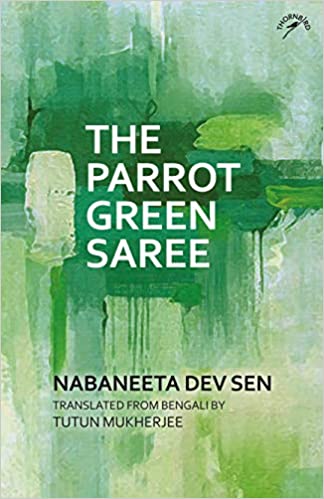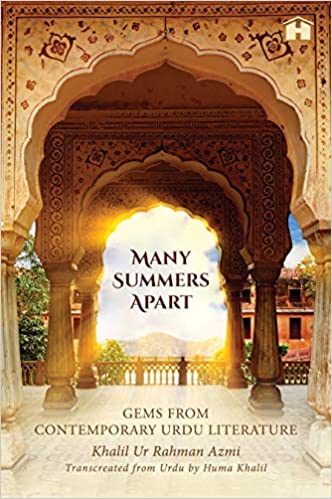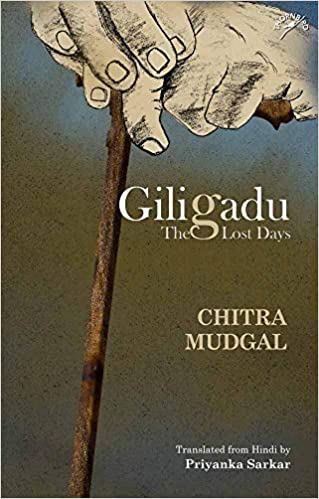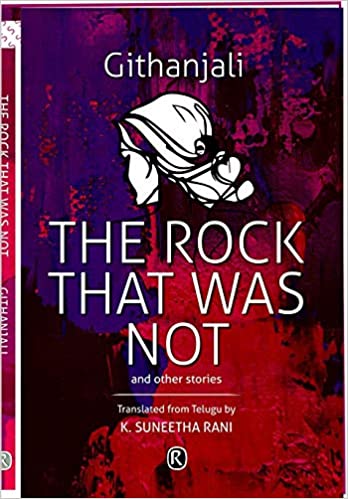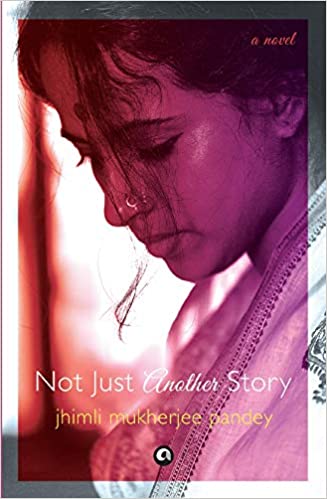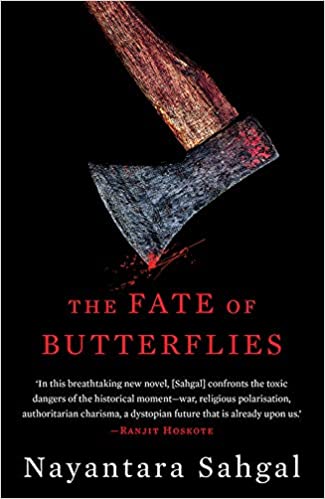The Muslim World in Modern South Asia: Power, Authority, Knowledge consists of a dozen articles (including an introduction) along with a roughly equal number of book reviews written by one of the leading historians of South Asian Muslims during the modern period.
Archives
June 2020 . VOLUME 44, NUMBER 6Pallavi Raghavan has written a remarkable book on the early years of India-Pakistan relations. This is history as it should be written—granular, rigorous, following the evidence, and not afraid to ask big questions. Based on detailed archival work, she presents a fresh view of how India.
The South Asian subcontinent counts a significant Shi’i population, with Pakistan having the word’s second largest number of Shi’is. Yet it has so far received limited scholarly attention. This book, adapted from the author’s PhD dissertation.
The zeal with which, in the late nineteenth and early twentieth-centuries, history enthusiasts of the Bombay Presidency went about unearthing old documents, and the kind of primary sources that they identified as being relevant to their search, did much.
With the establishment of the dominance of the Hindu Right over Indian politics, their attempts to rewrite the history of Indian anti-colonial movement and appropriate its icons have intensified. Bhagat Singh has been an icon who has long been favoured by the Hindu Right.
This book presents a fairly comprehensive primary coverage of the heart of the Lepakshi temple town where lay its religious and trade basis. Its richly painted ceilings take us beyond an identification of religious iconography to tell us about the shifts.
The 2019 General Elections confirmed the hypothesis that the broad consensus over the ‘idea of India’ forged at the time of Independence no longer holds and a fundamental shift has taken place in favour of values that are the antithesis of this consensus.
India’s 2019 elections result deepened the fundamental transformation of politics since 2014. The BJP not only witnessed a surge in quantitative terms but it also penetrated into new territories that were largely dominated by regional parties.
The contestations over land continue to remain relevant in the age of capitalist industrialization. While in the pre-industrial world, land clearly maintained a central role in the generation and accumulation of wealth, modern industrialization and the subsequent upheaval.
Money as a medium of exchange, and a store of value, has gone through many avatars as civilizations have surged and ebbed. Precious metals, precious stones, cowrie shells, rice–at various times in various places, these things have been used either as currency.
The Indian economy has been lurching from crisis to crisis for more than a decade now. The latest crisis is unfolding as we speak, with the COVID-mitigating country-wide lockdown already taking an economic toll on industries with factories closed, and a huge population dependent on the informal economy unable to earn its daily wage.
To label this book the biography of a spiritual figure would be a misnomer. On the contrary, it is an inner exploration into a universalism that transcends caste and creed and therefore religion in our conventional understanding of the term.
The emergence of the ‘biographical turn’ in social science tradition inaugurated a new intellectual movement in capturing the nuances of economic and social change and the ruptures in institutional histories. The past few decades of biographical research.
Sebastian & Sons is the intriguing title of a book on the brief history of mrdangam makers. The striking photograph of Madurai Ratnam, Sebastian’s first cousin, adorns the cover. When Krishna was asked who Sebastian was, he responded: ‘Sebastian was the oldest.
The title—Coconuts on Mars as well as the cover photo of the book draws one’s curiosity to the contents of the book. It is not an easy read, as least not when you read it the first time but the book unravels beautifully only if you stay on a page.
Shanta Acharya exercises her poetic licence by quoting Elizabeth Jennings, ‘We have a whole world to rearrange.’ While she dismantles our perceptions, she rearranges her sentiments and opinions as poems laced with observations. A reason is given.
Given the interest in emotions in understanding human behaviour more fully than ever before, researchers in recent times have been looking at the crevices between thought and word, cracks and gaps through which meaning can slip unnoticed by readers.
A very intriguing title with the promise of opening up grand vistas of history. Let us see how far it succeeds.
The author starts out with the premise that the great epics, even in their oral form, have played a decisive role in the making of the history.
The book under review brings together the work of twenty-six women writers from Manipur. Translated into English from the original texts in Manipuri by a small group of translators, this anthology tries to locate a politics of the everyday across a wide.
During the mid-1970s, Nabaneeta Dev Sen wrote a trilogy of Bengali novellas for the Annual Puja Festival numbers of different magazines. Passing through the turbulence and the aftermath of the Naxalite movement that had swept over Bengal during that decade.
Khalil Ur Rahman Azmi’s monumental and definitive study on the Progressive Movement in Urdu Literature is now available in English, thanks to his daughter and translator, Huma Khalil. It must indeed be a joyful experience for researchers and scholars alike.
In 2007, when Giligadu was originally published and was available to the Hindi readers, it was received warmly as yet another socially relevant realistic novel by activist-writer Chitra Mudgal. It was hailed as a critical portrayal of the disintegration of family.
2019
Githanjali’s book of short stories, The Rock That Was Not, deals with Indian women who are striving hard to stay afloat in wedlock, while claiming their own identity. Marriage becomes a tool for patriarchy to suppress their identity.
In 2004 directors Zana Briski and Ross Kauffman, having photographed and filmed children of the prostitutes of Calcutta’s red-light district Sonagachi, released their documentary Born into Brothels: Calcutta’s Red Light Kids to the public. It opened.
The Fate of Butterflies by the redoubtable Nayantara Sahgal is another testimonial to the author’s versatile imagination. Interweaving the personal and the political like many of Sahgal’s earlier novels, the novel narrates a history of the present from a fast receding liberal-secular perspective.

